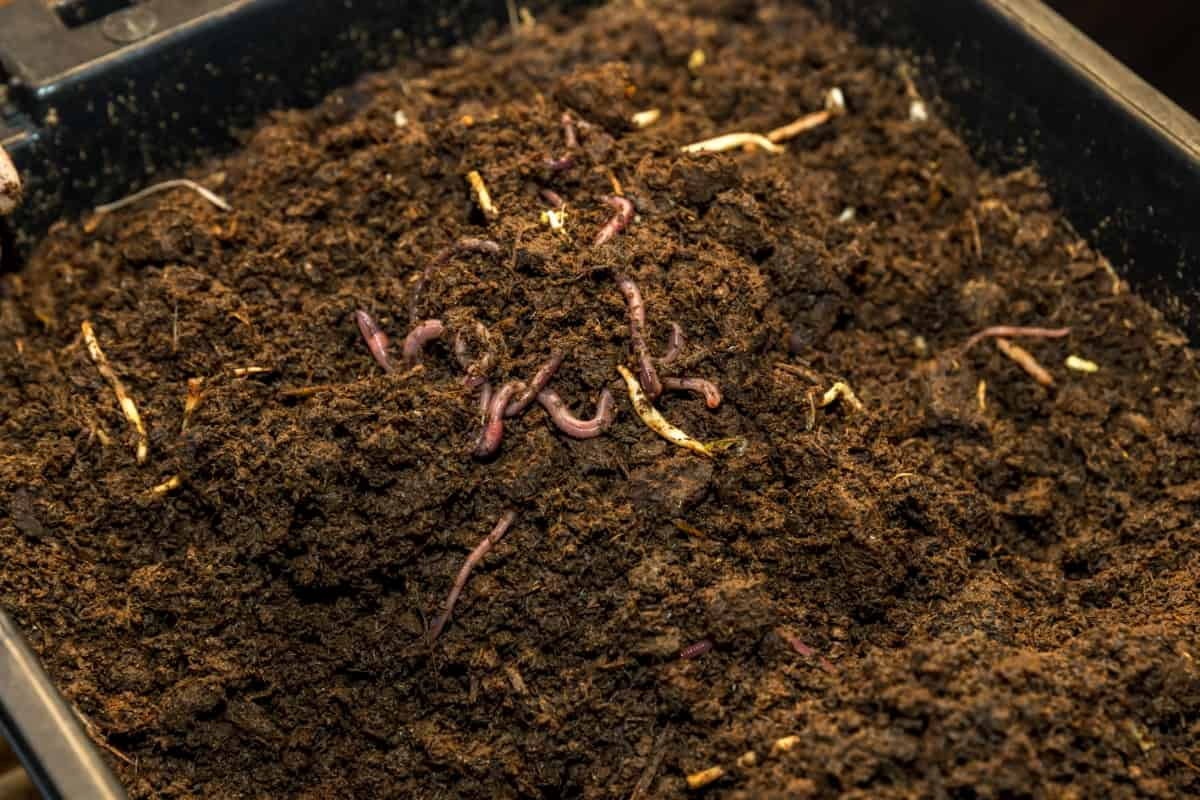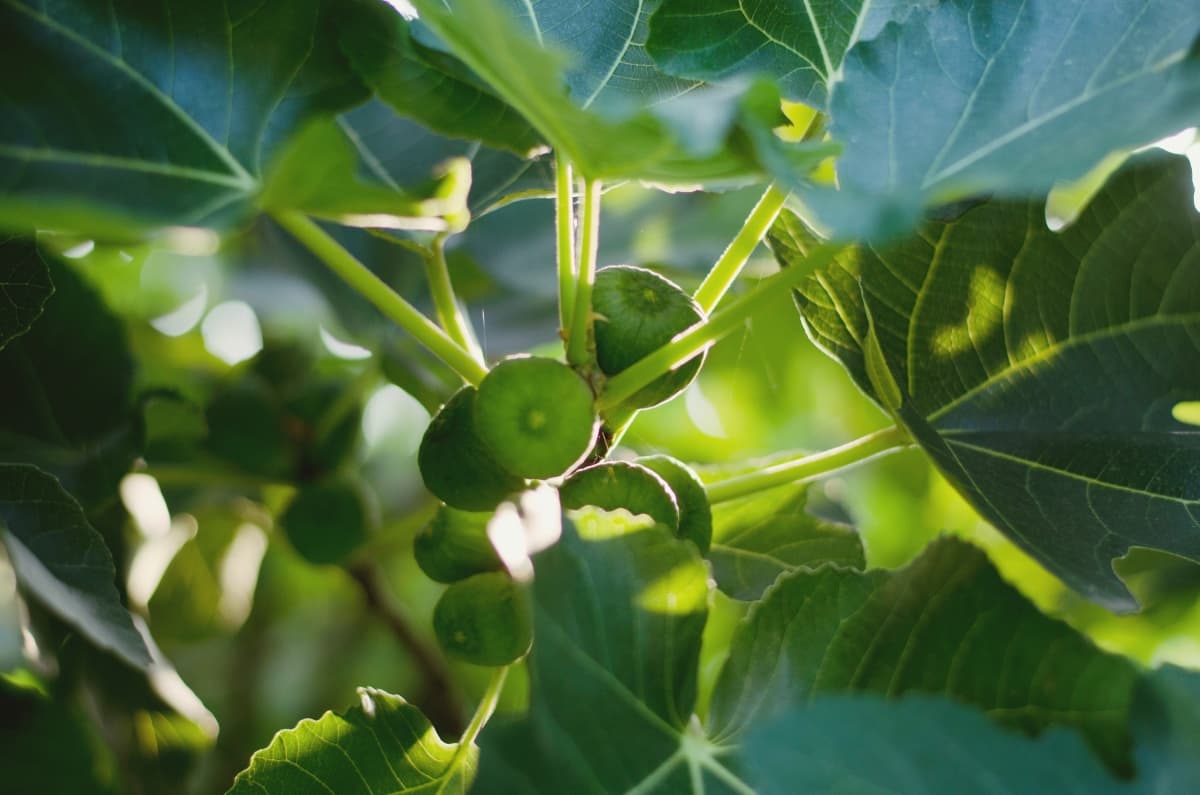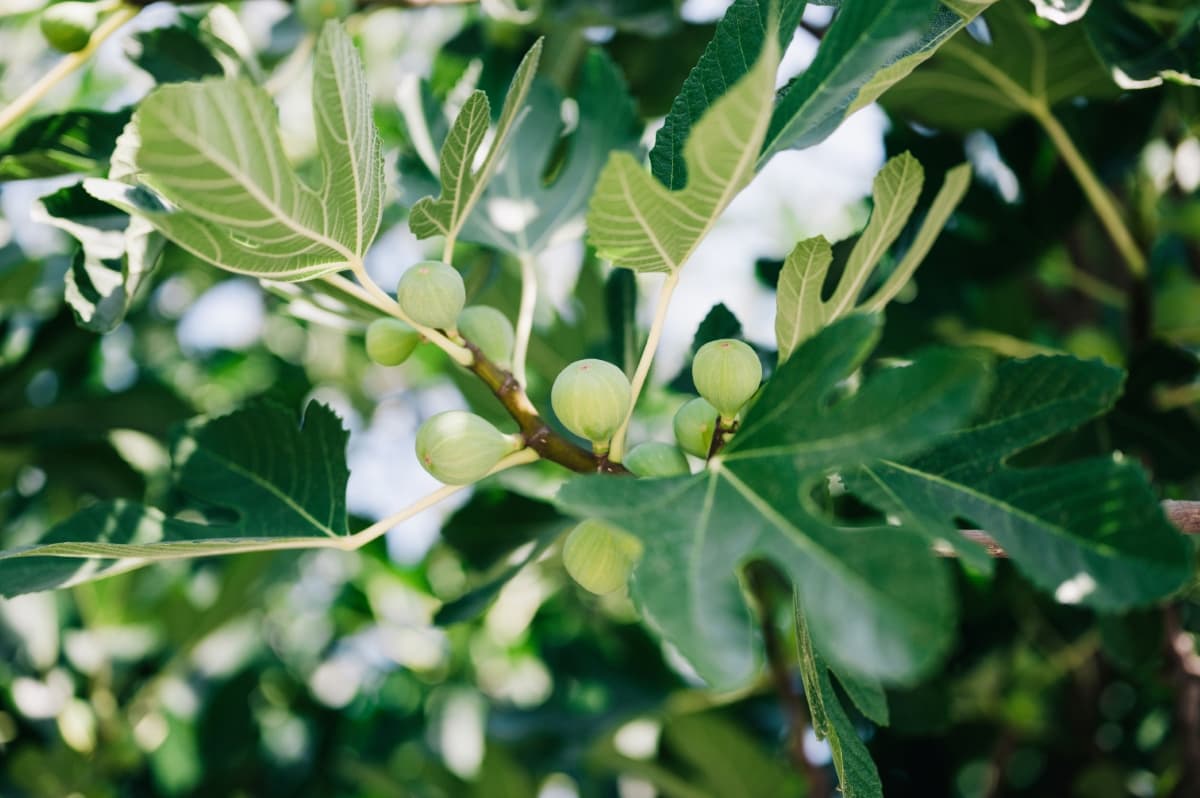Fig trees require specific nutrients to thrive, and fertilizers are crucial in providing these essential elements. When fertilizing potted fig trees, it is important to consider the tree’s age, the type of fertilizer, and the application timing. Young trees benefit from a balanced fertilizer with a higher nitrogen content, while mature trees require a fertilizer with a higher potassium content for fruit development.

Applying fertilizer during the growing season, typically in spring and early summer, will promote healthy growth and abundant fruit production. Proper fertilization practices are key to maintaining the health and vitality of potted fig trees.
Fertilizing Potted Fig Tree
Best Organic Fertilizers for Figs Trees in Pots: Nurturing Your Plants Naturally
Manure: Well-rotted manure from herbivorous animals, such as cows, horses, or rabbits, can be used as a natural fertilizer for figs. It is a good source of NPKs, which are essential for plant growth. However, ensure the manure is fully decomposed before using it to avoid burning the fig tree’s roots. Mix the manure with the potting soil or apply it as a top dressing.
Worm Castings: Worm castings, also known as vermicompost, are rich in beneficial microorganisms and nutrients. They improve soil fertility, enhance plant growth, and suppress diseases. Mix worm castings with potting soil or sprinkle them around the fig tree to provide a steady supply of vital nutrients throughout the growing season.
In case you missed it: How to Prune Fig Trees in Pots: Fig Tree Trimming Techniques and Best Time to Prune

Natural Fertilizers for Figs in Pots: For Environmentally-Friendly Options
Compost: It is an excellent natural fertilizer that can be easily made at home. It is rich in organic matter and nutrients, promoting healthy growth in fig trees. To use compost as a fertilizer, simply incorporate it into the potting soil or sprinkle it around the base of the fig tree.
Seaweed Extract: Seaweed extract is derived from seaweed and is rich in trace minerals, growth hormones, and beneficial plant compounds. It promotes root development, enhances nutrient uptake, and improves plant health. Dilute the seaweed extract per the package instructions and apply it to the fig tree’s soil or foliage.
Homemade Fertilizers for Figs Trees in Pots: DIY Solutions for Optimal Plant Health
Banana peels are an excellent potassium source and an essential nutrient for fig trees. To use banana peels as a fertilizer, cut them into small pieces and bury them in the soil around the base of your fig plant. Over time, the peels will break down and release potassium, promoting healthy growth and fruit development.
Eggshells are a great source of calcium, an important nutrient for fig trees. To use eggshells as a fertilizer, crush them into small pieces and mix them into the soil around your fig plant. Over time, the eggshells will break down and release calcium, strengthening the plant’s cell walls and improving overall health.
NPK Ratios and Their Importance in Selecting Fertilizers for Figs in Pots
When selecting a fertilizer for figs in pots, it is important to consider the tree’s specific needs at different growth stages. During the vegetative stage, a balanced NPK ratio of 10-10-10 can provide nutrients for healthy leaf and stem development. As the tree transitions into the fruiting stage, a fertilizer with a higher potassium level, such as 5-10-20, can support the production of high-quality figs.
Slow-release Fertilizers: Enhancing Nutrient Availability for Figs in Pots
Choose a slow-release fertilizer specifically formulated for fruit trees or container plants. Look for a balanced nutrient ratio, such as a formulation with an NPK (nitrogen, phosphorus, and potassium) ratio of 10-10-10 or 14-14-14. Sprinkle the slow-release fertilizer granules around the base of the fig tree, avoiding direct contact with the trunk.
Gently work the granules into the top inch of the potting soil, ensuring they are evenly distributed. After applying the slow-release fertilizer, water the fig tree thoroughly. Fig tree fertilizer spikes are designed to provide nutrients to fig trees over an extended period. Acting as a slow release fertilizer, these spikes slowly dissolve, releasing essential nutrients that promote healthy growth and abundant fruit production.
pH Levels and Fertilizer Selection for Figs in Pots: For Balanced Soil Environment
pH levels play a significant role in fig trees’ overall health and growth. For figs grown in pots, maintain a slightly acidic to neutral pH range between 6.0 to 7.0. This pH range ensures optimal nutrient availability and absorption by the plant’s roots. Adjustments can be made using various additives if the pH level exceeds the desired range.
In case you missed it: How to Grow and Care for Fig Bonsai: Planting, Repotting, and Pruning

Add elemental sulfur, aluminum sulfate, or organic materials such as pine needles or coffee grounds to lower the pH and increase acidity. On the other hand, to raise the pH and reduce acidity, you can add agricultural lime or dolomite lime. Follow the advised application rates and guidelines provided with the additives to prevent overcorrection.
The Importance of Timing: When to Apply Fertilizer to Figs in Pots
Timing is critical when applying fertilizer to figs because it directly affects the plant’s ability to absorb nutrients. Figs have specific growth cycles, and fertilizing them at the right time can greatly enhance their development. Before active growth starts, apply a complete, balanced fertilizer early in the spring. If you use a quick-release food, reapply it several times throughout the growing season, stopping in August. Established trees in quality soil may only require one application of a slow-release fertilizer.
How to Apply Fertilizer to Figs in Pots: Fig Fertilizer Schedule
Look for a balanced fertilizer with equal or near-equal nitrogen, phosphorus, and potassium ratios, such as a 10-10-10 or 14-14-14 ratio.
Consider Slow-Release Fertilizers: Slow-release fertilizers can benefit potted fig trees as they provide a steady supply of nutrients over an extended period. These fertilizers release nutrients gradually, reducing the risk of over-fertilization and minimizing the frequency of application.
Timing of Fertilization: Fertilize your potted fig trees at the right time to maximize effectiveness. Apply fertilizer in early spring, just before the new growth begins.
Monitoring and Adjustments: Regularly monitor your potted fig tree for signs of nutrient deficiency or excess. Yellowing leaves, stunted growth, or poor fruit production may indicate a need for adjustment in fertilizer application. Conduct soil tests periodically to assess nutrient levels and make necessary adjustments based on the results.
Water-Soluble Fertilizers for Potted Fig Trees
One popular water-soluble organic fertilizer for potted fig trees is fish emulsion. This fertilizer is made from fish waste and contains a balanced blend of nutrients, which includes nitrogen, phosphorus, and potassium. Fish emulsion is readily available and can be diluted in water for easy application.
Another option is seaweed extract, derived from seaweed and contains various nutrients, including trace minerals. Seaweed extract promotes root development, enhances nutrient uptake, and improves plant health. It can be dissolved in water and applied to potted fig trees according to the manufacturer’s instructions.
Best Fertilizer Application Techniques for Figs in Pots: Dos and Don’ts
Do’s
Apply fertilizer in early spring: Fertilizing figs regularly is especially important in the spring when they are actively growing. Be careful not to pile fertilizer against the tree’s trunk when applying it around its base. To reach the nutrients to the roots, the plant should be watered thoroughly after application.
Use slow-release fertilizers: Slow-release fertilizers provide a steady supply of nutrients over a longer period, reducing the risk of over-fertilization. Consider using a granular or spike fertilizer specifically formulated for potted plants, releasing nutrients gradually as the fig tree needs them.
Don’ts
Don’t over-fertilize: Applying too much fertilizer can cause excessive growth, weak branches, and reduced fruit production. Stick to the advised dosage and avoid the temptation to add more fertilizer, thinking it will benefit the tree.
Don’t use high-nitrogen fertilizers: While nitrogen is essential for plant growth, excessive nitrogen can lead to lush foliage instead of fruit production.
In case you missed it: How to Increase Flowers in Fig/Anjeer: Explained in 10 Steps for More Yields and Profit

Conclusion
Fertilizing potted fig trees with organic and natural options, homemade fertilizers, and considering the NPK ratio is essential for their growth and productivity. By understanding when and how to apply fertilizers, you can provide your fig tree with the necessary nutrients for optimal health and a bountiful harvest. Remember always to follow the specific requirements of your fig tree and monitor its response to ensure successful fertilization.
- Feed Your Flock for Less: Top 10 Tips to Save on Chicken Feed
- Ultimate Guide to Ossabaw Island Hog: Breeding, Raising, Diet, and Care
- Hatching Answers: The Top 10 Reasons Your Chickens Aren’t Laying Eggs
- Eggs and Economics: Breaking Down the Cost of Raising Backyard Chickens
- Defend Your Greens: Proven Methods to Keep Iguanas Out of Your Garden
- Ultimate Guide to Cinnamon Queen Chicken: A Comprehensive Guide for Beginners
- Ultimate Guide to California Tan Chicken: Breeding, Raising, Diet, Egg-Production and Care
- Ultimate Guide to Marsh Daisy Chicken: Breeding, Raising, Diet, and Care
- 10 Types of Chicken Farming Businesses You Can Start for Profits